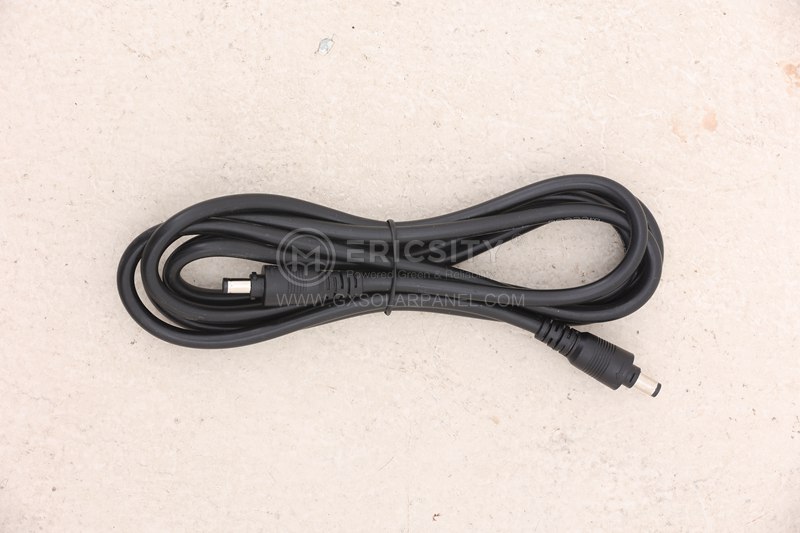HOT PRODUCT
Product Details
The Science Behind Suitcase Solar Panels: How They Generate Electricity
Title: The Science Behind Suitcase Solar Panels: How They Generate Electricity
Introduction (70 words):
In recent years, solar energy has experienced a remarkable surge in popularity due to its environmental benefits and potential for off-grid power generation. Suitcase solar panels, also known as portable or foldable solar panels, have emerged as a convenient and efficient solution for harnessing solar energy. This article will delve into the science behind suitcase solar panels and explore how they generate electricity.

1. Photovoltaic Effect (100 words):
The heart of any solar panel, including suitcase solar panels, lies in the photovoltaic effect. This effect involves the conversion of sunlight directly into electricity using semiconductor materials. Suitcase solar panels consist of a surface covered with photovoltaic cells, typically made of silicon. When sunlight hits these cells, the photons in the sunlight dislodge electrons in the semiconductor material. This causes the electrons to move, creating a flow of electricity known as a direct current (DC).


2. Layers of a Suitcase Solar Panel (130 words):
To comprehend the science behind suitcase solar panels, it is important to understand their layered structure. The top layer consists of a protective cover made of tempered glass or a durable polymer material. Below this, a layer of encapsulant (often ethylene-vinyl acetate) acts as a cushioning agent, protecting the sensitive photovoltaic cells underneath. The photovoltaic cells themselves are connected in series or parallel to enhance the overall voltage or current output. Finally, a sturdy bottom layer composed of aluminum or another robust material provides structural stability.
3. Conversion from DC to AC (130 words):
While the electricity generated by suitcase solar panels is in the form of direct current (DC), most electronic devices in our homes and businesses run on alternating current (AC). To make solar energy usable, an inverter is used to convert DC electricity into AC electricity. This conversion is necessary to power appliances, charge batteries, or supply electricity back to the grid.

4. Maximum Power Point Tracking (120 words):
Suitcase solar panels maximize their electricity output through a process called maximum power point tracking (MPPT). MPPT technology ensures these panels operate efficiently even under less-than-ideal conditions, such as when partially shaded or tilted. MPPT algorithms constantly monitor and adjust the voltage and current to extract the maximum amount of power from the solar panel’s photovoltaic cells. By dynamically optimizing the panel’s electrical characteristics, MPPT maximizes the energy yield, allowing for a higher overall efficiency.
Conclusion (70 words):
Suitcase solar panels represent a versatile and portable solution for capturing solar energy. Through the application of the photovoltaic effect, layers of specialized materials, and advanced technologies like MPPT, they efficiently generate electricity from sunlight. As renewable energy becomes increasingly important in addressing climate change, understanding the science behind suitcase solar panels offers valuable insights into the vast potential of solar energy and its applications in various contexts.




